10 Surprising Animal Pairs You Didn’t Realize Are Close Relatives
In the intricate web of life, connections between species are often more profound and surprising than they first appear. The natural world is a tapestry of relationships that defy our expectations, revealing a complex dance of evolution and adaptation. This article invites you to explore a realm where the familiar becomes extraordinary, where animals seemingly worlds apart share a lineage that ties them together. From the depths of the ocean to the heights of the rainforest canopy, we will uncover 10 astonishing kinships that challenge our understanding of the animal kingdom. These connections not only illuminate the wonders of evolution but also underscore the shared ancestry that binds all life on Earth. As we delve into these unlikely pairings, prepare to be amazed by the unexpected relatives that inhabit our planet, each with a story as unique as the species themselves.
1. Elephants and Manatees: Giants of Land and Sea
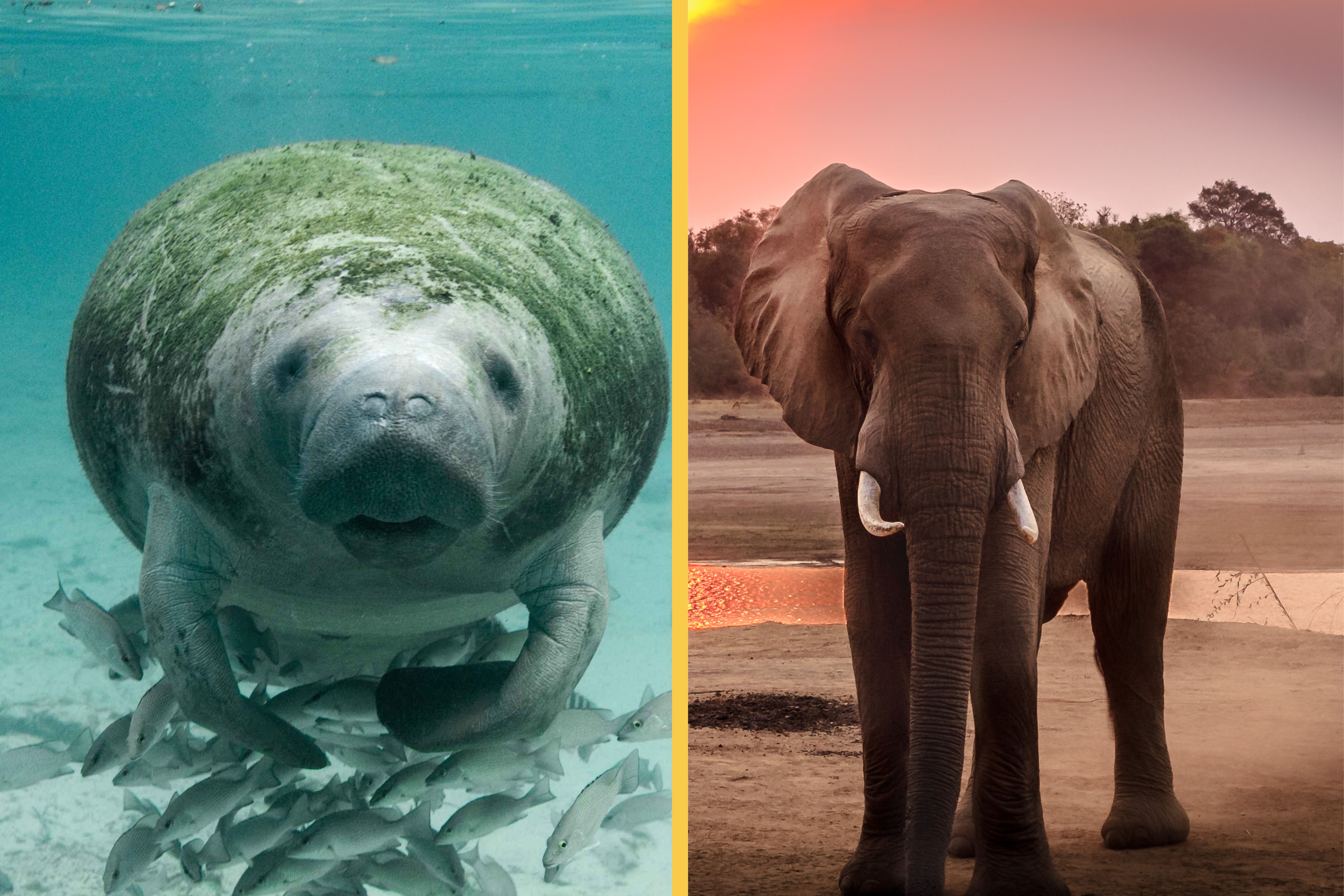
Elephants, the terrestrial giants known for their intelligence and social structures, share an unexpected kinship with the gentle manatees, often called sea cows. Despite their vastly different habitats and lifestyles, both species belong to the group known as Afrotheria, a clade that also includes lesser-known relatives like hyraxes and aardvarks. This connection is rooted in a shared ancestor that lived millions of years ago, when the continents were arranged differently, allowing these animals to evolve along divergent paths. Elephants and manatees exhibit similar traits, such as their herbivorous diets and slow reproductive rates, reflecting their common ancestry. Their evolutionary journey highlights the diverse adaptations that can arise from a single lineage, illustrating the incredible versatility of life on Earth.
2. Whales and Hippos: A Tale of Water and Land
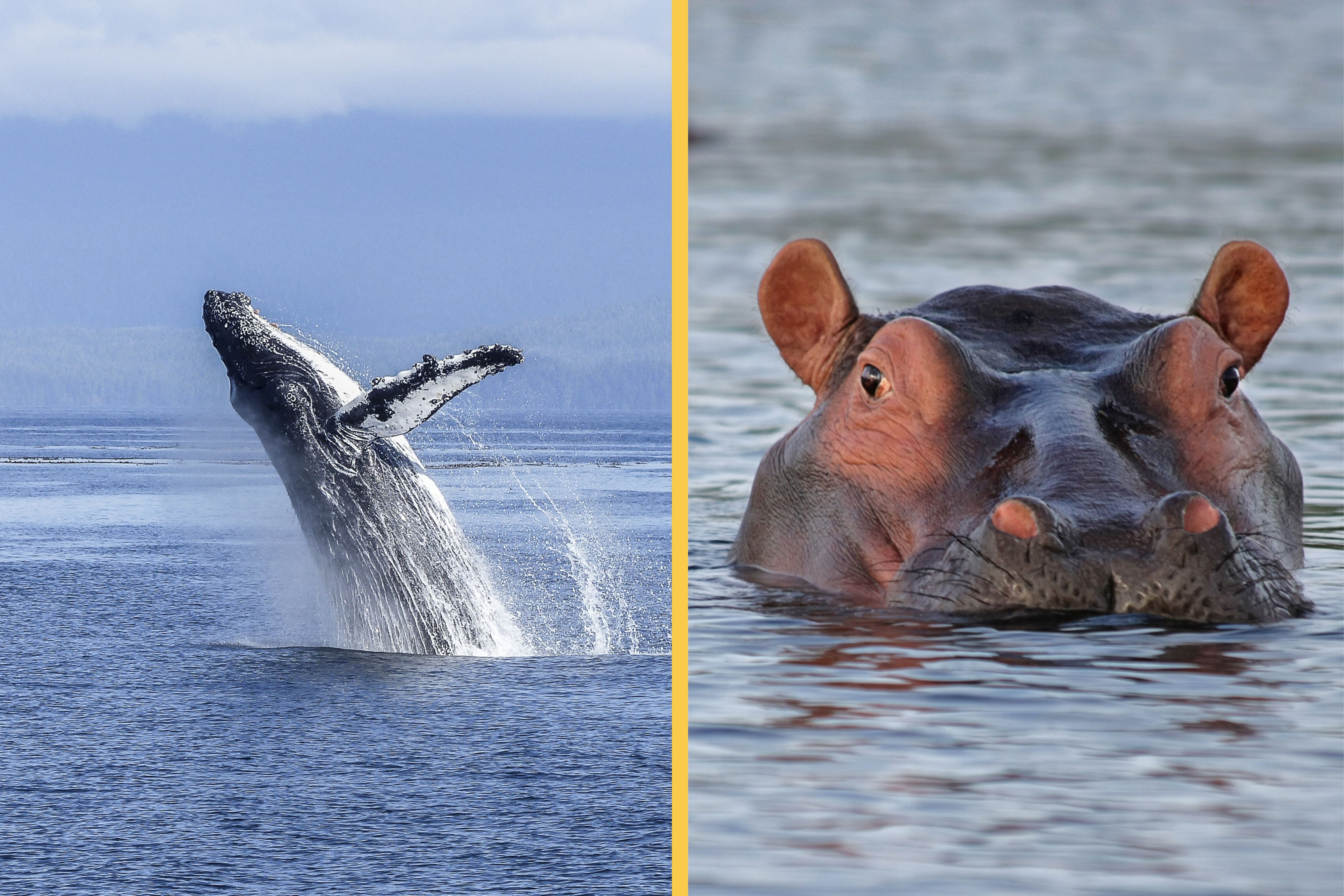
At first glance, whales and hippos appear to inhabit completely different worlds—one in the vast oceans, the other in African rivers and lakes. However, these seemingly disparate creatures share a surprising evolutionary kinship. Both belong to the order Cetartiodactyla, which includes even-toed ungulates and cetaceans. This connection dates back to a common ancestor that lived around 55 million years ago, a land-dwelling creature that gave rise to the diverse forms we see today. The transition from land to sea in the lineage leading to whales is one of the most remarkable evolutionary stories, showcasing the adaptability of life. Meanwhile, hippos retained their semi-aquatic lifestyle, bridging the gap between their terrestrial and aquatic relatives. This shared ancestry underscores the fluidity of evolutionary paths and the surprising directions they can take.
3. Bats and Horses: The Flight of Evolution
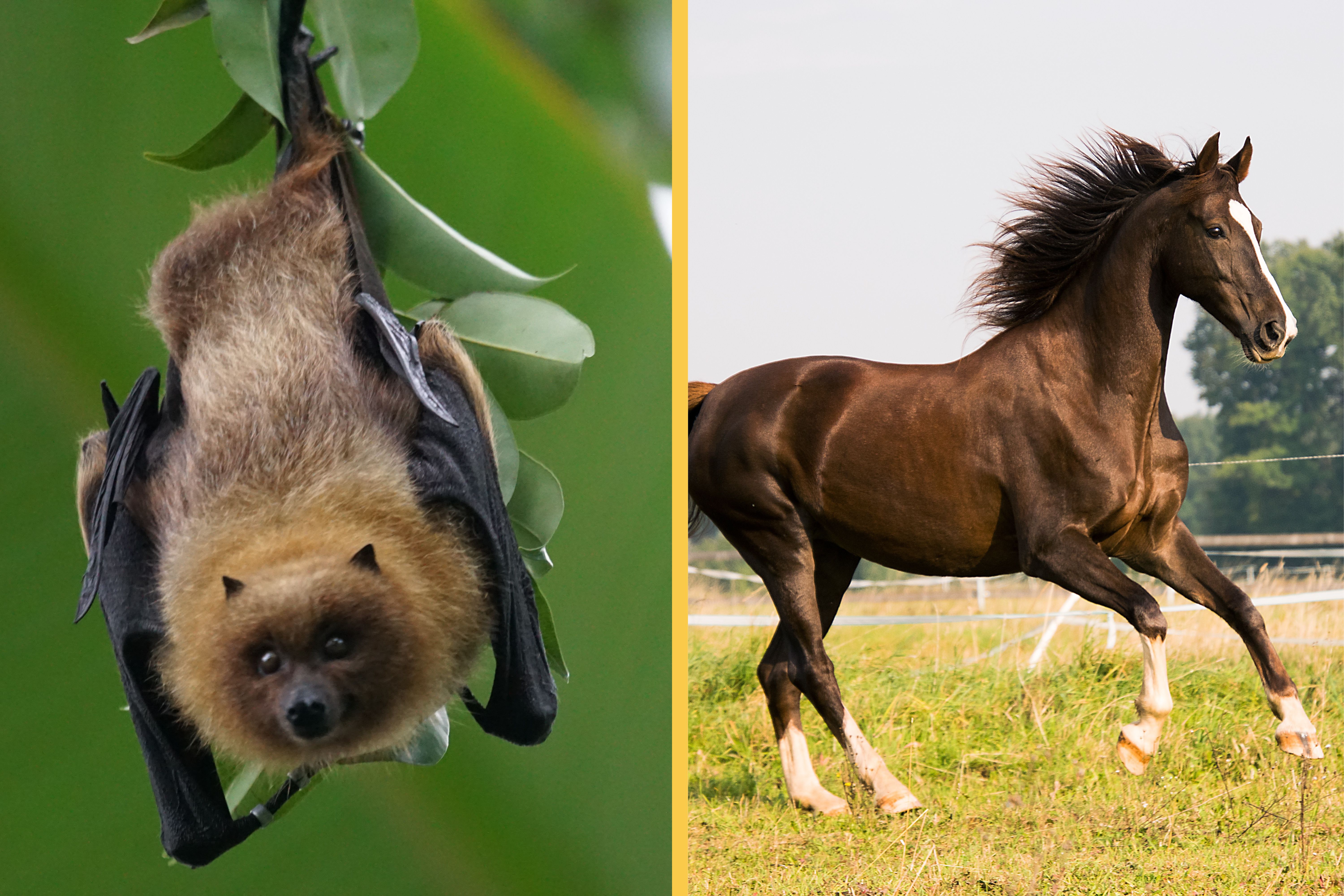
Bats and horses may seem worlds apart, one soaring through the night sky, the other galloping across open plains. Yet, these two are distant relatives within the mammalian class. Both belong to the superorder Laurasiatheria, a diverse group that includes animals as varied as carnivores, ungulates, and cetaceans. This connection highlights the incredible adaptability of mammals, capable of evolving into forms as distinct as bats, with their echolocation abilities and flight, and horses, with their speed and endurance. The evolutionary paths of bats and horses diverged millions of years ago, leading to the specialized niches they occupy today. Their shared ancestry reminds us of the common threads that run through the tapestry of life, illustrating the unity of the mammalian lineage despite its diversity.
4. Crocodiles and Birds: The Dinosaur Connection
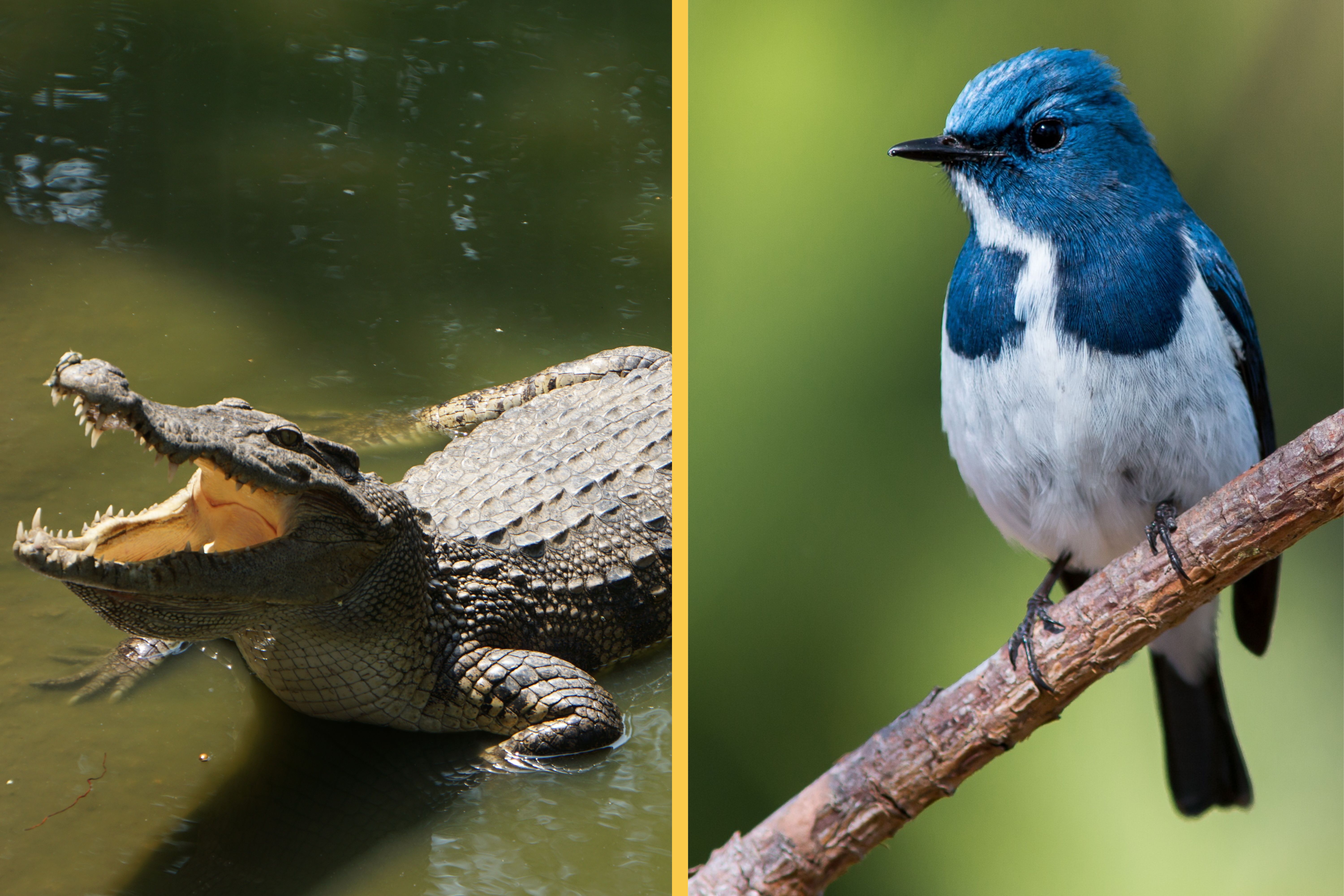
The kinship between crocodiles and birds is a testament to the enduring legacy of dinosaurs. Both groups are part of the archosaur lineage, which dominated the Mesozoic era. While birds are the direct descendants of theropod dinosaurs, crocodiles branched off earlier, retaining many primitive characteristics. Despite their differences, such as flight in birds and aquatic adaptations in crocodiles, these animals share common traits, including a four-chambered heart and similar nesting behaviors. This evolutionary relationship highlights the adaptability of the archosaur lineage, capable of producing creatures as diverse as the fearsome Tyrannosaurus rex and the modern sparrow. The crocodile-bird connection is a living reminder of the ancient world, where dinosaurs roamed the Earth, and their legacy continues to shape the animal kingdom today.
5. Sharks and Rays: Cartilaginous Cousins
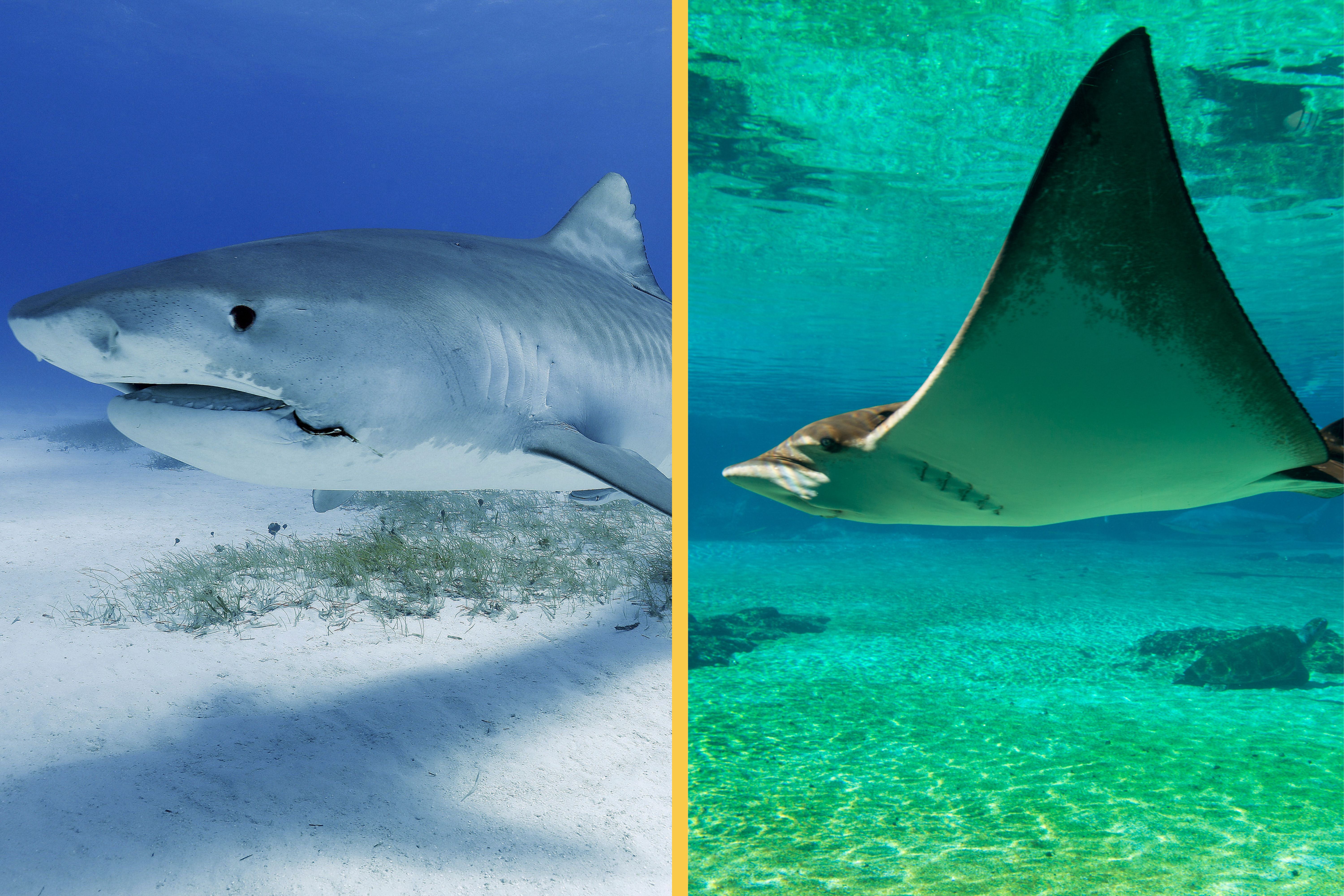
Sharks and rays, with their sleek bodies and cartilaginous skeletons, are members of the class Chondrichthyes, a group that has thrived in Earth's oceans for over 400 million years. These ancient relatives share a common ancestor that predates the dinosaurs, highlighting the resilience and adaptability of their lineage. Despite their shared ancestry, sharks and rays have evolved distinct forms and behaviors, from the powerful predatory instincts of the great white shark to the graceful gliding of manta rays. Their differences underscore the diversity within the cartilaginous fish, showcasing the varied evolutionary paths that can arise from a single lineage. This kinship is a testament to the enduring success of these ancient creatures, whose adaptations have allowed them to thrive in the ever-changing marine environment.
6. Kangaroos and Koalas: Marsupial Marvels
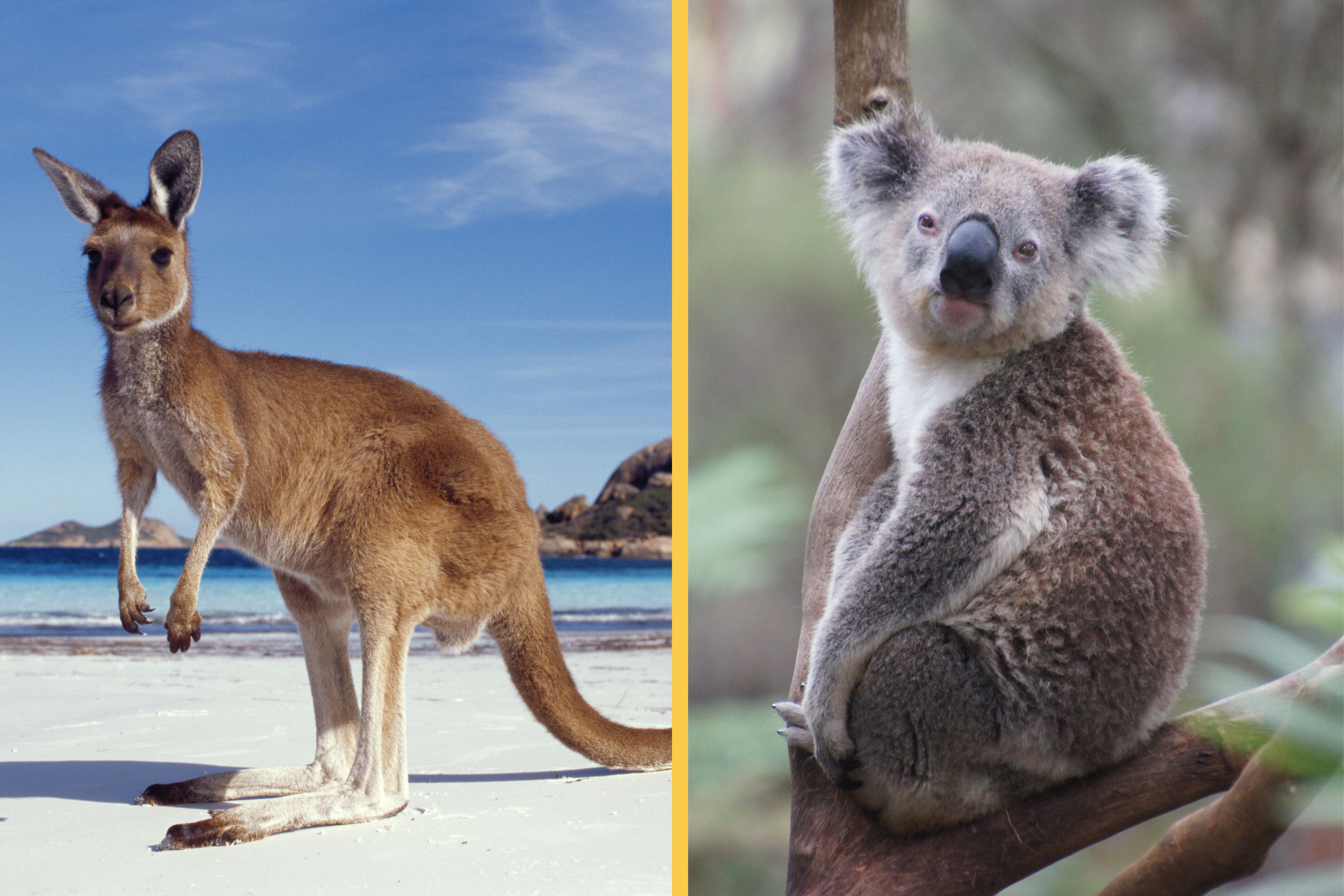
Australia's unique marsupials, kangaroos and koalas, are iconic symbols of the continent's diverse wildlife. These animals share a common ancestor within the marsupial infraclass, which diverged from placental mammals around 160 million years ago. Despite their differences in habitat and behavior—kangaroos are known for their powerful hind legs and hopping locomotion, while koalas are arboreal and sedentary—both species exhibit the defining characteristic of marsupials: raising their young in a pouch. This shared trait reflects their evolutionary history, which has allowed them to adapt to the challenging environments of Australia. The kangaroo-koala kinship highlights the diversity of marsupial life and the evolutionary innovations that have enabled these animals to thrive in their respective niches.
7. Ants and Wasps: Insect Intricacies
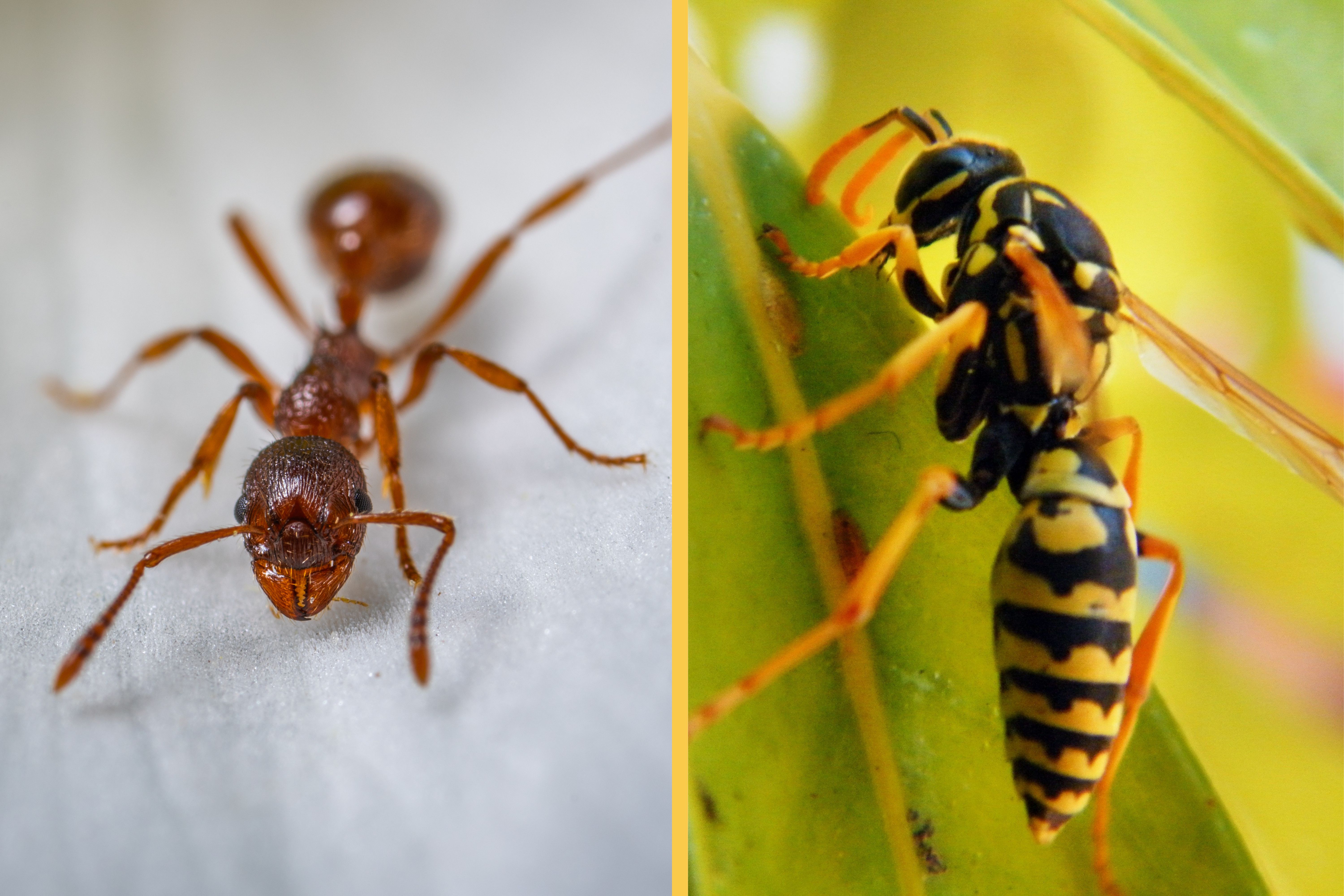
Ants and wasps, two groups of insects that play vital roles in ecosystems worldwide, share a surprising evolutionary connection. Both belong to the order Hymenoptera, which also includes bees. This lineage is characterized by complex social structures, with ants and some wasps exhibiting highly organized colonies. Despite their differences—ants are typically wingless and ground-dwelling, while wasps often have wings and varied lifestyles—their shared ancestry is evident in their similar body structures and behaviors. This kinship underscores the evolutionary success of Hymenoptera, a group that has diversified into a wide range of forms and functions. The ant-wasp connection highlights the intricate relationships within the insect world and the evolutionary pathways that have led to their success.
8. Frogs and Salamanders: Amphibian Allies
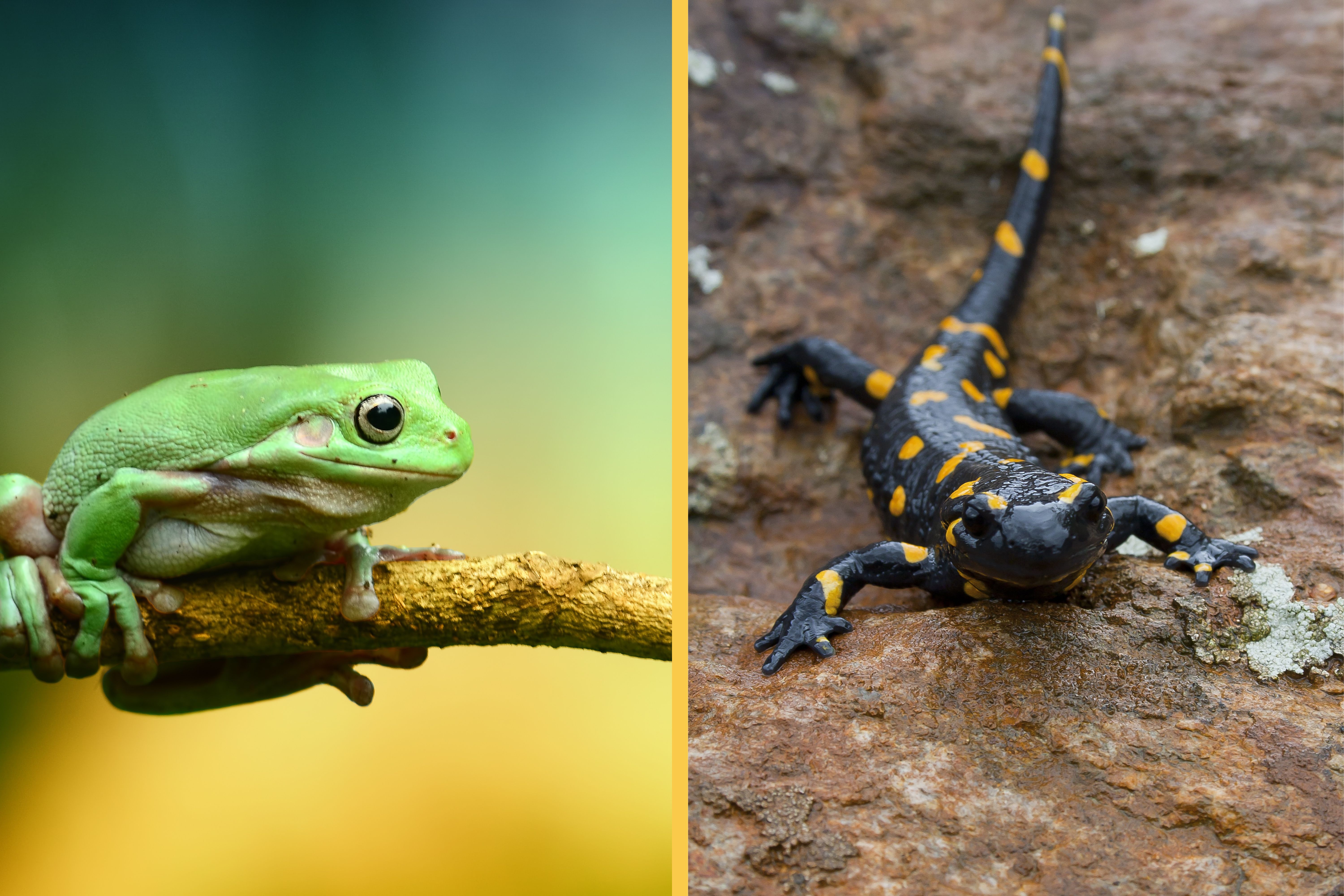
Frogs and salamanders, with their moist skin and life cycles that often involve water, are both members of the class Amphibia. This group represents one of the earliest branches of vertebrate evolution, with a lineage that dates back over 350 million years. Despite their shared ancestry, frogs and salamanders have evolved distinct forms and behaviors—frogs are known for their powerful jumping abilities and vocalizations, while salamanders often have elongated bodies and tails. Their differences reflect the diverse habitats they occupy and the adaptations that have allowed them to thrive in various environments. The frog-salamander kinship is a testament to the evolutionary history of amphibians, a group that bridges the gap between aquatic and terrestrial life.
9. Octopuses and Snails: Mollusk Mysteries
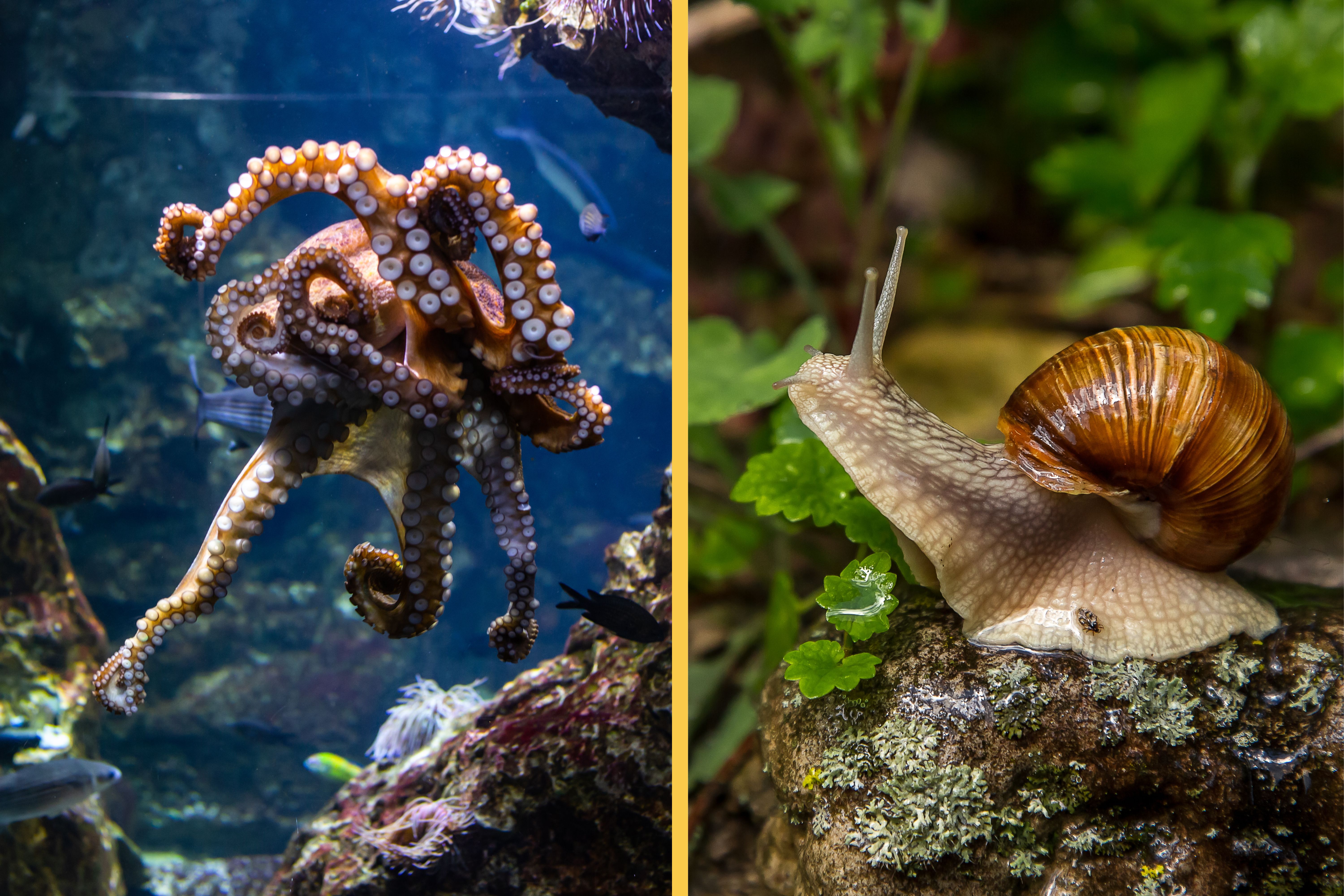
Octopuses and snails, two seemingly disparate creatures, share a common lineage within the phylum Mollusca. This diverse group includes animals as varied as clams, squids, and slugs, all descended from a common ancestor. Despite their differences—octopuses are known for their intelligence and complex behaviors, while snails are often slow-moving and shelled—both exhibit characteristics typical of mollusks, such as a soft body and a mantle. Their evolutionary paths highlight the adaptability of the mollusk lineage, capable of producing creatures as distinct as the highly intelligent octopus and the humble garden snail. This kinship underscores the diversity of life within the mollusk phylum and the evolutionary innovations that have allowed these animals to thrive in a wide range of environments.
10. Sea Stars and Sea Urchins: Echinoderm Enigmas
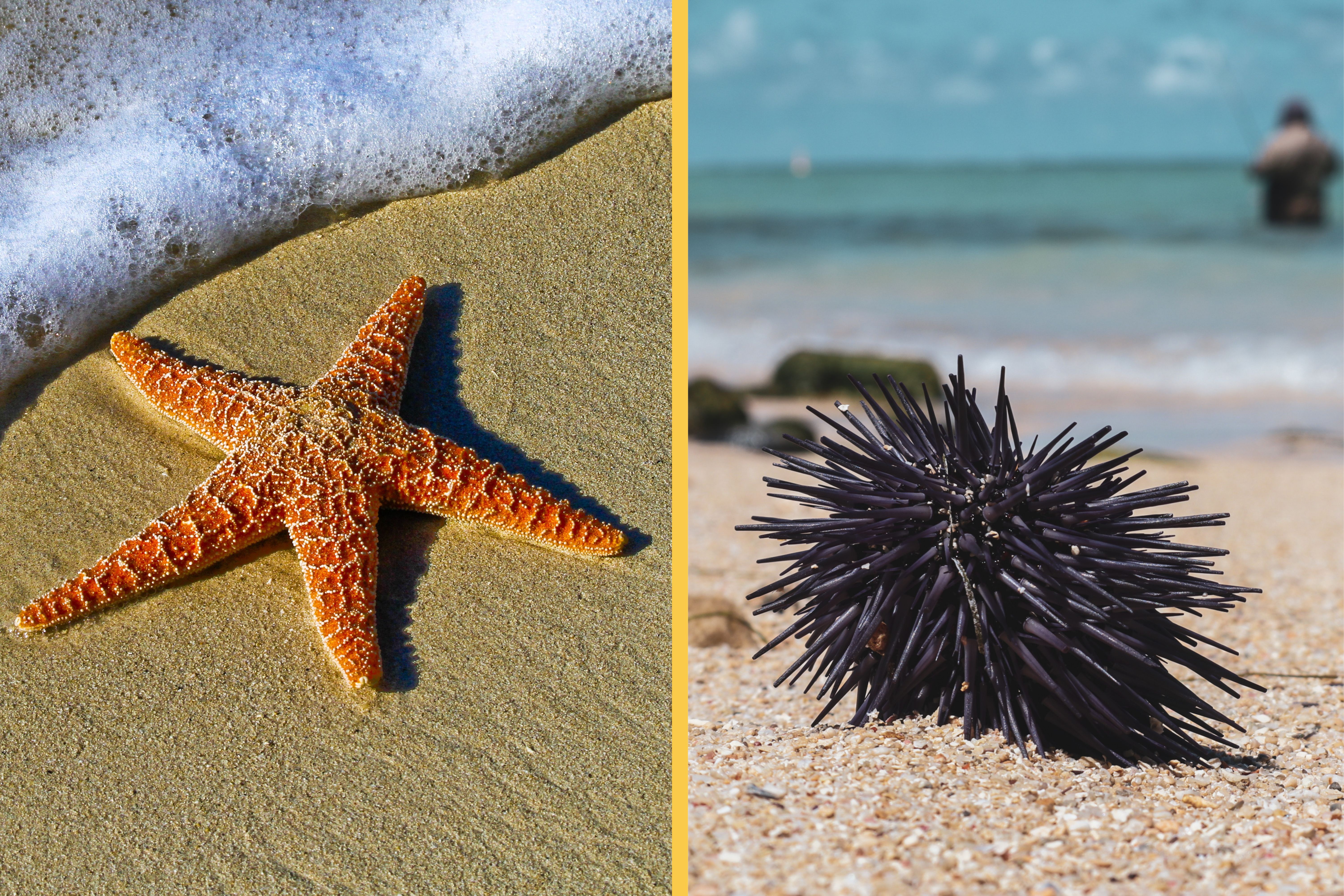
Sea stars and sea urchins, with their radial symmetry and spiny skin, are members of the phylum Echinodermata. This group, which also includes sea cucumbers and brittle stars, is characterized by its unique water vascular system and calcareous endoskeleton. Despite their differences in form and function—sea stars are known for their ability to regenerate lost limbs, while sea urchins are often covered in protective spines—both share a common evolutionary heritage. Their kinship is evident in their similar larval forms and developmental patterns, reflecting their shared ancestry. The sea star-sea urchin connection highlights the evolutionary history of echinoderms, a group that has thrived in marine environments for over 500 million years.
The Tapestry of Evolution

As we have journeyed through these 10 unlikely kinships, we have uncovered a world of connections that challenge our perceptions of the animal kingdom. These surprising relationships reveal the complexity and wonder of evolution, illustrating the shared ancestry that binds all life on Earth. From the giants of land and sea to the intricate world of insects, each pairing tells a story of adaptation and survival, highlighting the diverse paths that evolution can take. These kinships remind us of the interconnectedness of life and the common threads that weave through the tapestry of evolution. As we continue to explore the natural world, let us celebrate the diversity of life and the surprising connections that unite us all.







